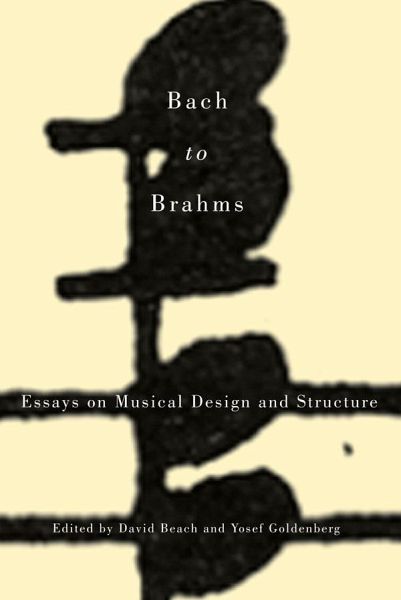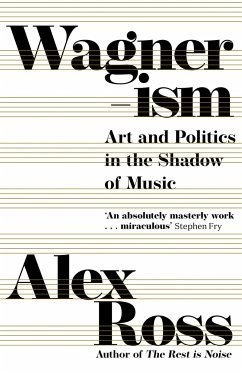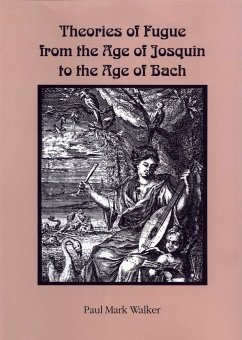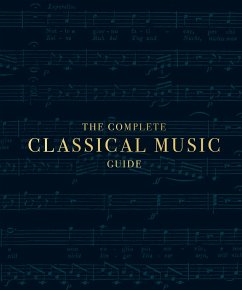
Bach to Brahms
Essays on Musical Design and Structure
Herausgeber: Beach, David; Goldenberg, Yosef
Versandkostenfrei!
Versandfertig in 1-2 Wochen
106,99 €
inkl. MwSt.

PAYBACK Punkte
53 °P sammeln!
Presents current analytic views by established scholars of the traditional tonal repertoire, with essays on works by Bach, Handel, Haydn, Mozart, Beethoven, Schubert, Chopin, and Brahms.












